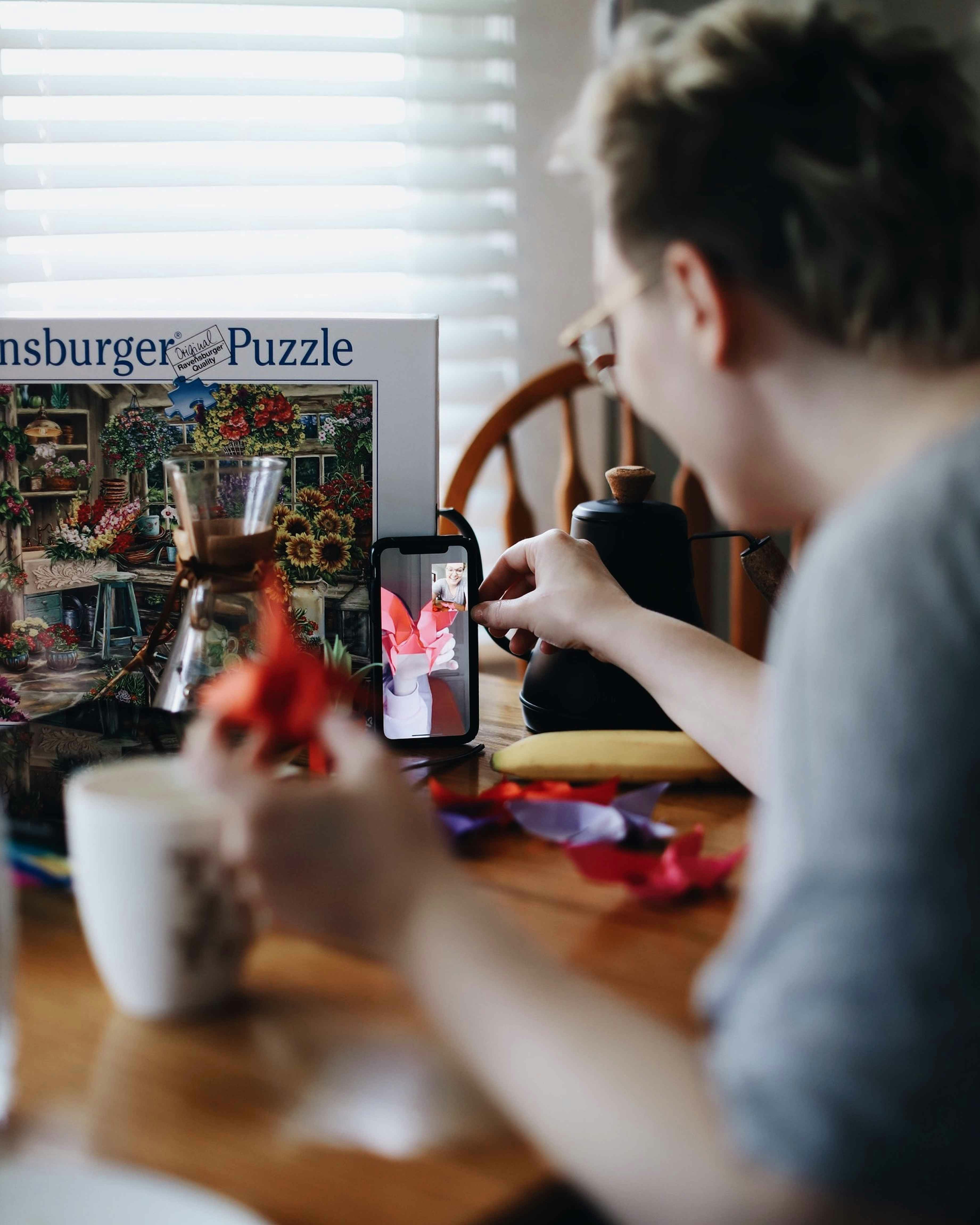Exploring the World of Tiny Thief: A Point-and-Click Adventure
December 7, 2024 | by ashwin9960705378@gmail.com
 Photo by tabitha turner on Unsplash
Photo by tabitha turner on Unsplash Gameplay Mechanics and Objectives
Tiny Thief is a unique point-and-click adventure game that employs a charming blend of stealth mechanics and puzzle-solving challenges. Players control a small thief character who navigates through various environments filled with intriguing objects and cunning enemies. The primary gameplay involves clicking on different areas of the screen to interact with the surroundings, enabling the character to pick up items, evade foes, and solve puzzles. This interactive approach offers a seamless experience, allowing players to immerse themselves in the creative world of the game.
Each level in Tiny Thief presents distinct objectives, typically centered on acquiring specific items while outsmarting guards and other adversaries. The player must assess each situation and decide the best course of action to retrieve the targeted objects. This strategic element is emphasized by the stealth mechanics integrated into the game. Players are encouraged to hide in shadows, distract enemies, or manipulate objects to create diversions, thus showcasing critical problem-solving skills as they navigate each obstacle.
In addition to the core objectives, Tiny Thief features a three-star performance system that elevates the gameplay experience. Players can earn stars by completing designated goals within each level, such as finishing without being detected or collecting additional items. This system introduces a higher level of challenge, motivating players to replay levels and refine their strategies, ensuring they achieve the best possible outcomes. Consequently, it amplifies the game’s replayability, appealing to those who thrive on maximizing their performance. Overall, the combination of point-and-click mechanics, stealth tactics, and objectives enriches the gameplay, making Tiny Thief a truly engaging experience for adventure enthusiasts.
Challenging Enemies and Stealth Strategy
In Tiny Thief, players encounter a myriad of enemies, each presenting unique challenges that necessitate a careful approach. The game features diverse adversaries, from simple guards patrolling a defined area to more complex foes such as watchful knights and clever cats. Understanding the behaviors of these enemies is crucial; for instance, guards may follow set routes, while others might react unpredictably to the player’s actions, enhancing the game’s complexity. As players navigate through these environments, developing a robust stealth strategy becomes essential to avoid detection and successfully complete missions.
Utilizing the environment is a key component of evading enemy detection. Players can hide behind obstacles, such as barrels and bushes, or utilize shadows to cloak their movements. Moreover, the game encourages distraction tactics, allowing players to create sound diversions that draw enemies away from their intended path. For example, throwing an object can mislead an enemy, providing a crucial opportunity to slip past or achieve objectives undetected. Such tactical maneuvers illustrate the importance of patience and timing in overcoming challenges while fostering a sense of satisfaction when players successfully execute their plans.
The balance between risk and reward is a central theme in Tiny Thief. Players often must decide whether to pursue higher-value loot or to play it safe by sticking to less guarded items. This decision-making process adds depth to gameplay; players weigh the potential gains against the likelihood of being caught. Successfully outsmarting enemies not only leads to progression in the game but also enriches the overall experience. Each encounter serves as a puzzle to be solved, reinforcing the idea that strategic planning and agility are paramount. In conclusion, mastering stealth strategies in Tiny Thief elevates the thrill of the adventure, making each victory all the more rewarding.
RELATED POSTS
View all


